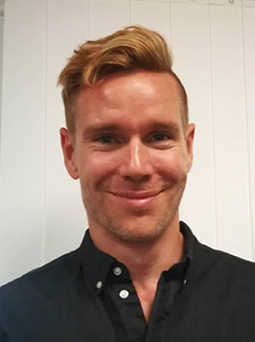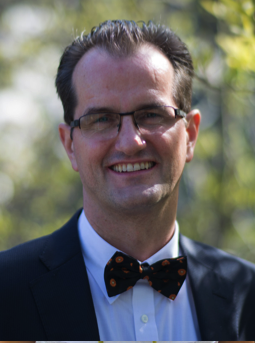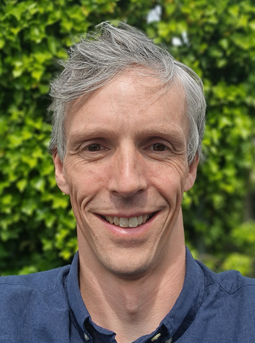Volitional control of actions
The brain constitutes a sophisticated “machinery” for selecting and performing those movements that are most appropriate given the behavioral context. We are particularly interested in clarifying the specific role of the motor cortex and basal ganglia.
Basal ganglia and sequential finger movements
Our group employs task-based functional MRI to map brain activity during motor tasks. In young individuals, we found that discrete finger sequences are widely represented in human striatum (Andersen et al., 2020). Specific sequences could be discriminated based on the distributed activity patterns in left and right striatum, but not by average differences in single-voxel activity. Multiple bilateral clusters in putamen and caudate nucleus belonging to motor, associative, parietal and limbic territories contributed to classification sensitivity. Our findings suggest that the basal ganglia integrate motor, associative and limbic aspects in the control of sequential overlearned behaviour.
Use-dependent representational plasticity of the motor cortex
Our group uses structural MRI and neuronavigated TMS mapping of the hand representation of the motor cortex to study use-dependent cortical plasticity. In a recent study, we showed that immobilization and motor practice act in synergy to increase skilled motor performance and bring about changes in the cortical motor representation of hand muscles (Raffin & Siebner 2019).
Uncovering structure-function relationships in the motor hand knob
The motor representations of the hand are located in a characteristic knob-like structure in the precentral gyrus, called the precentral motor hand knob (Dubbioso et al., 2021). We combined structural and functional MRI of the motor hand knob with neuronavigated TMS mapping of cortico-muscular representations of hand mucles. We found that the cortical myelin content of the M1-HAND predicts the localization of the muscle presentations in the precentral hand knob. The myelin content also correlated positively with the temporal precision of finger tapping movements. This is the first study to show that myelination of the precentral motor cortex is tightly coupled with the cortical control of the hand.
How we work
The Control of Movement group is headed by Postdoc Lasse Christiansen. The group adopts a triple-M approach to decipher the causal neuro-dynamics in sensorimotor brain networks by combining multimodal brain MAPPING with computational MODELLING and non-invasive MODULATION of sensorimotor networks.
The Control of Movement group meets every week to discuss new findings in movement neuroscience and relate these findings to our own research.
The Control of Movement group closely interacts with the NeuroPhysics, Brain Network Modulation, and Movement Disorders groups. From 2011 to 2016, the group was called Control-of-Action or “ContAct” group and was funded by a large grant from the Lundbeck Foundation who awarded a “Grant of Excellence” to Hartwig Siebner. Additional funding was granted by the Danish Research Council for Independent Research.





